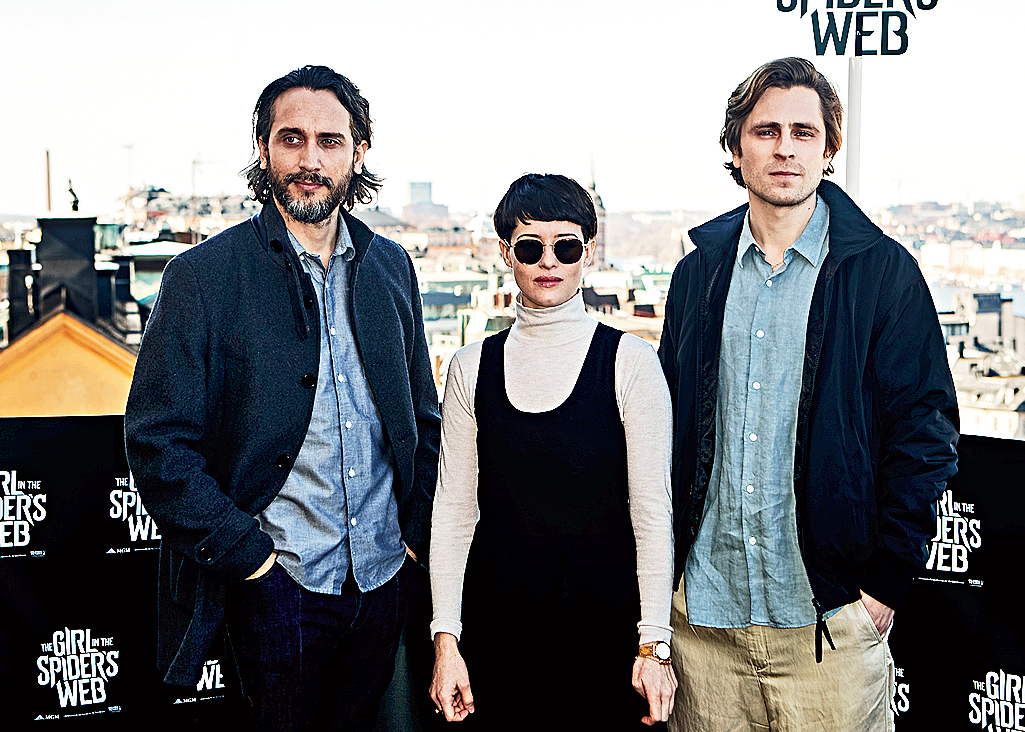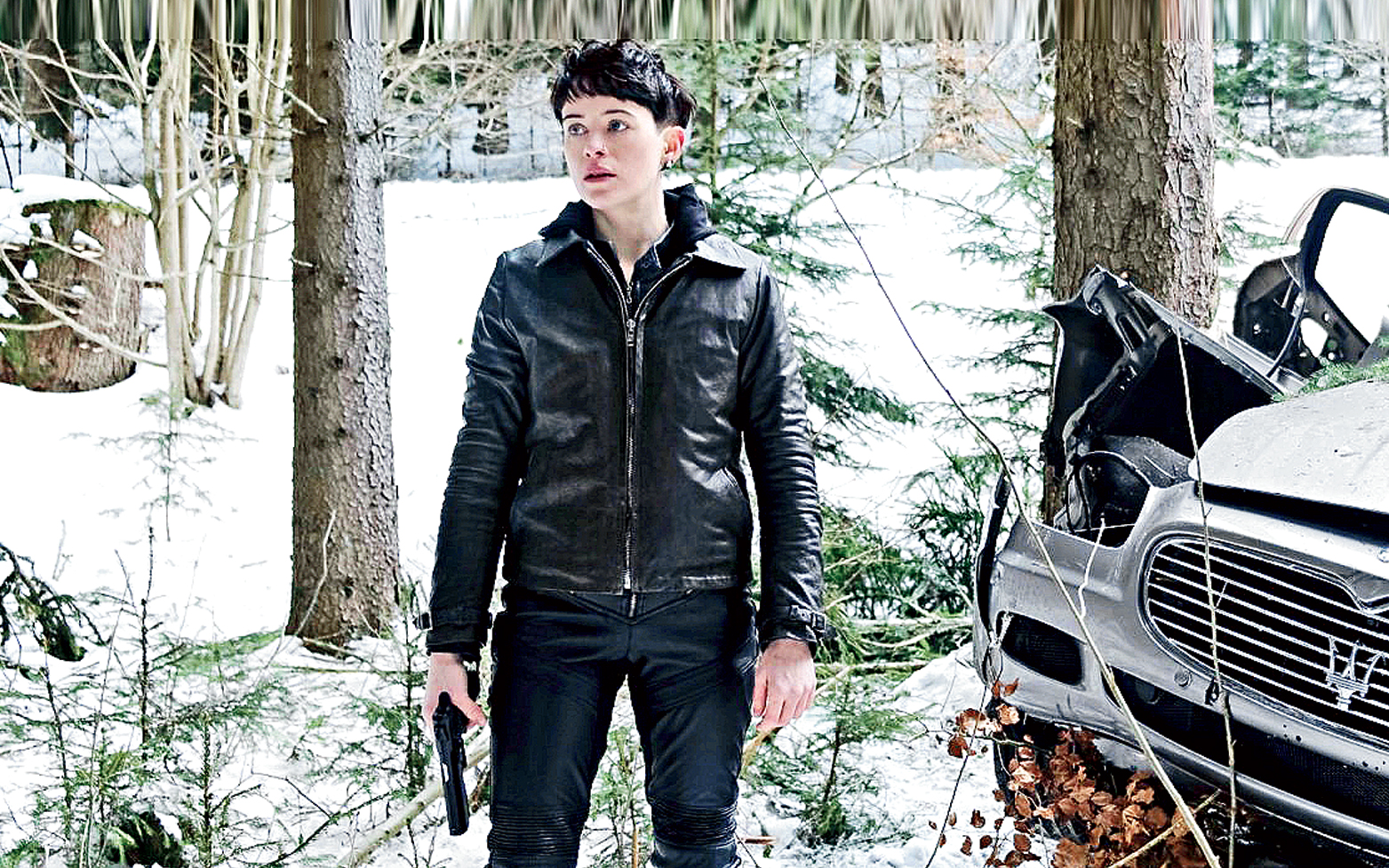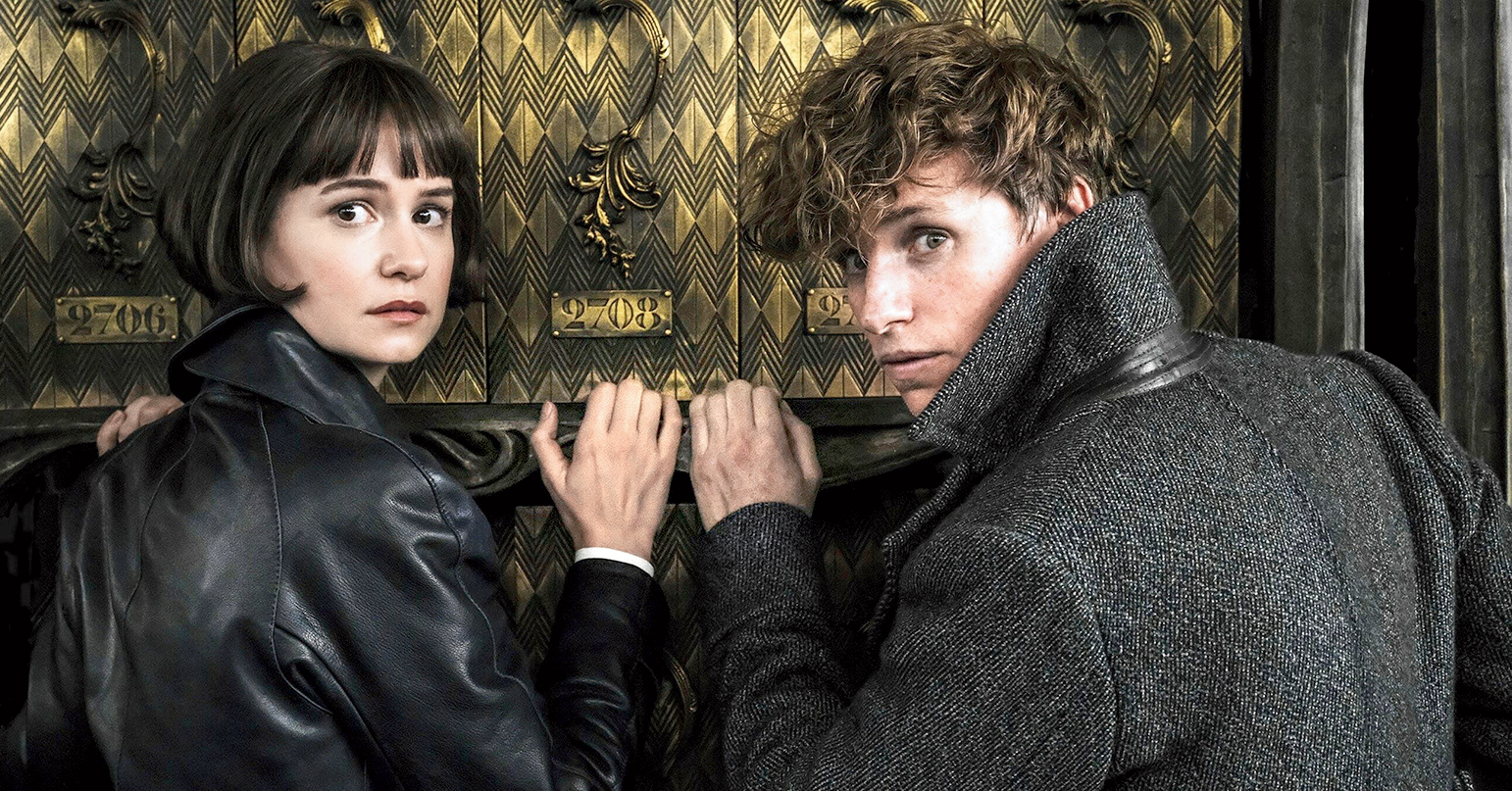This is the last interview after a nonstop 10-day tour of promoting the film. That’s why my voice sounds like it does,” Fede Alvarez told us with a laugh when we dialled him in Uruguay last week.
The man behind the 2016 sleeper hit Don’t Breathe — that’s slowly gained cult classic status among horror fans — Alvarez, 40, is now in the big league, helming The Girl in the Spider’s Web, the second film in the Stieg Larsson-penned Millennium Series, that stars The Crown actress Claire Foy as its gritty heroine Lisbeth Salander. The Girl in the Spider’s Web releases on Friday and we chatted with Alvarez on casting Foy, taking over from David Fincher and the sequel to Don’t Breathe.
Had you read the book The Girl in the Spider’s Web before you were approached to direct the film?
I had actually read all the other books, but not this one. I read it when I was asked if I wanted to direct the film. I was very excited to be given a chance to do my own interpretation of the material. It’s a big thing to bring this to a new audience and yet not lose the audience that’s read the book.
The Girl in the Spider’s Web is a global hit because it’s many books in one — an action drama, a thriller, a noir novel. Did this mix make you want to direct the film?
For sure. And also because I feel that the last few films — including the previous American movie (The Girl with the Dragon Tattoo) — didn’t truly embrace the tone that the books adopted after the first one.
This series is distinguished by the fact that it transitioned from Nordic noir in the first novel (The Girl with the Dragon Tattoo) to more pulpy noir in the third novel (The Girl who Kicked the Hornet’s Nest). In the second and third books, she (Lisbeth Salander) battles her father who is burnt alive, and her face is all burned; she has a brother who doesn’t feel anything in his body… all these are classic pulp noir elements. That’s exactly what I liked about it and wanted to adopt in this movie; I wanted to make it look different and be seen differently.
Have you taken many liberties to make the book more cinematic or have you stuck to the spirit of the book?
You always have to take some liberties. Books work on a literal level, but in movies, everything needs to be cinematic. You need to entice the audience to go and watch the film in the theatres. In every adaptation, you take some elements and you change some. For me, the big change from book to screen was to allow Lisbeth Salander to tell her own story. I wanted to tell the story from her point of view and not do it again from the perspective of Mikael Blomkvist, the journalist (played in this film by Sverrir Gudnason). For someone who’s such an important female icon, it seemed unfair to me that she was always portrayed as a somewhat secondary character.
Was casting against type the idea behind picking Claire Foy as Lisbeth Salander?
It was my idea to cast her (laughs). The most important thing was to take a very good actor for this role, particularly because Lisbeth has to carry the film on her shoulders this time around. I needed an actor who could connect with the audience.
Lisbeth Salander doesn’t tell you how she’s feeling or resort to long pieces of dialogue to express her inner life and thoughts. I thought the inner strength and the ability to say so much through so little that we get to see Claire Foy doing as Queen Elizabeth in The Crown is something that was needed here too. I think she’s an amazing actress, much in tune with the great Hollywood actors of yore who could play any character you threw at them.

Fede Alvarez (left) with Claire Foy and Sverrir Gudnason, who plays Mikael Blomkvist Image: Agencies
Were there any instances when she surprised you with what she brought to the role?
She did. That’s the trademark of a great actor; a good actor will always have a point of view about their characters. I am the kind of director who likes to sit behind the monitor and be surprised by the magic that my actors create in front of the camera. If I tell them what to do and they do it exactly like that, then that’s no fun for either them or me.
What do you think it is about Lisbeth that makes her such an iconic literary character?
It’s hard to bring it down to a few lines. There’s definitely something incredible about her that have made these books such huge bestsellers all over the world. I believe she personifies freedom, anarchy, being anti-establishment… she represents every woman who doesn’t want a man to tell her what to do, what to say and how to live her life.
I think the books work on both levels — as a female fantasy and as a male fantasy. It’s written by a man and so there are obviously many things about Lisbeth that are fascinating for men. The independence, the strength, the brain, so many things…. Lisbeth is also very androgynous, so she fits in everywhere. She’s a larger-than-life character and people connect with her because they wish they could allow themselves to do the things that she does. She lives by no rules.
Going into this film, did David Fincher’s The Girl with the Dragon Tattoo loom large or was there no pressure?
There’s always pressure, but I think the only pressure is to always make a good film. My job is to make sure that I always deliver to my audience. The good thing about this film is that I went in with the confidence that it’s a narrative that’s worked on page and so chances of it working on screen are high.
In all my years of making films, I have realised that the audience rarely compares two films; it’s the critics and the intellectuals who do. The audience judges a film on the basis of whether they had a good time or they didn’t. They don’t think like, ‘Okay, I had a good time watching this film, but the other film was better… so no, I didn’t have a good time!’ (Laughs)
David Fincher is someone whose films I have admired growing up; I watched so many of them in high school. So, it’s a real honour for me that my film is being compared to his.
You are known for films that are in the action thriller and horror space, and have overarching themes of family, secrets, grief and the horror of human behaviour. Are these also the kind of films you personally like watching?
I think so. These are the kind of themes that reach out to me the maximum and touch me in a special way. And so, when it’s my time to tell stories, I usually gravitate towards these themes because I think they are also very relevant. Directors make the same films many times over (laughs) and the themes are always the same. My films will invariably have characters who run away from the truth, from their own reality and then seek redemption through some form of atonement.
What’s the word on the sequel to Don’t Breathe?
The challenge with a sequel is that you have to ensure that it honours what was loved about the first film, and yet you have to tell a completely different story. The problem with sequels in the thriller and horror genre is that people tend to make the same films over and over again. My co-writer (Rodo Sayagues, who also wrote the first film) and I are not interested in that. The script for Don’t Breathe 2 is done and we are focused on telling a new story that can stand on its own.












